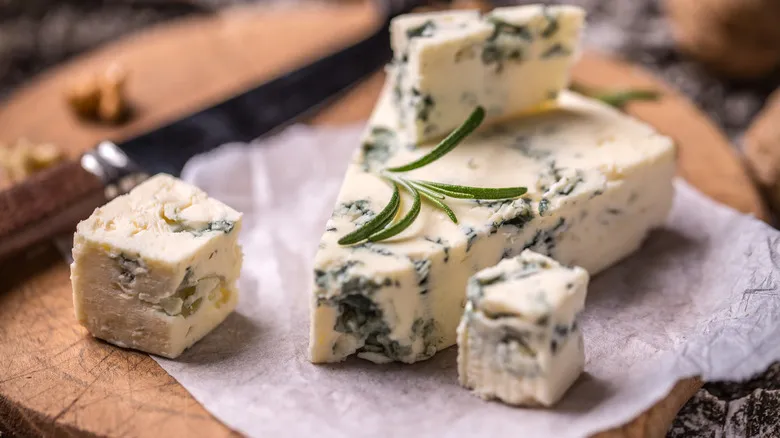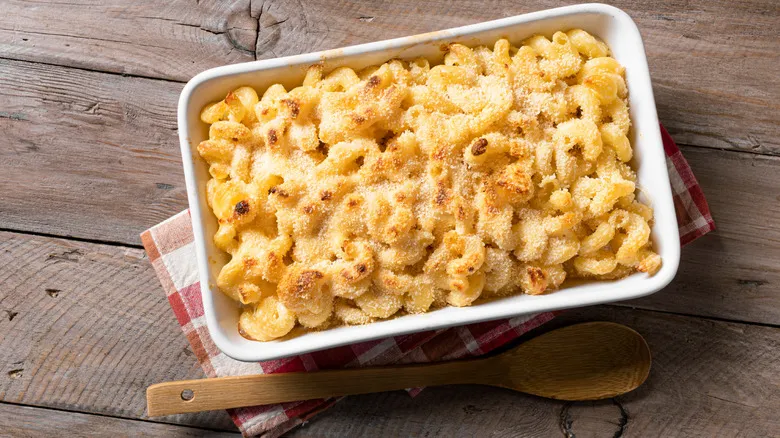Bologna is simple and homogenous

If you're familiar with Italian cities (or if you've come across this fact before), you might already know that bologna is named after the city of Bologna in northern Italy. It originated as a type of mortadella, both of which are derived from ancient forms of cured sausage that trace back to ancient Rome. While you might occasionally find spiced bologna at a specialty deli, most of the bologna slices available in grocery stores tend to be quite plain in comparison.
Although it's often regarded as a type of sliced ham, its flavor can vary significantly depending on the types of meat used. Bologna can be made from a blend of pork, chicken, turkey, and beef, all mixed together into a single batch of indistinguishable meat, making it similar to hot dog meat. For added flavor, many Southern U.S. bologna sandwiches are fried on a griddle rather than served cold. Due to the highly processed nature of bologna, it is sometimes viewed as less healthy. However, most cold cuts are high in sodium and saturated fat, so bologna isn't necessarily worse than sliced turkey. Despite its drawbacks, bologna does provide some vitamins and typically contains less sodium than mortadella.
Mortadella is spiced and complex

Mortadella, often called gourmet bologna, is characterized by its heterogeneous composition, unlike the uniformity of traditional bologna. This means that the ingredients—such as ground pork sausage, pork fat, and additional elements like peppercorns and pistachios—remain distinct and visible in each slice. Crucially, mortadella is made exclusively from pork, ensuring that it doesn't contain a blend of various unknown meats, as is often the case with bologna. With about 15% fat content, the pale chunks of fat contribute to a richer flavor profile, enhanced by a more intricate blend of spices.
It may not come as a surprise that mortadella originated in Bologna, Italy. Its roots trace back to ancient Roman meat-curing techniques, but formal regulations for mortadella were established in Italy in 1661. Today, mortadella produced in Bologna enjoys PGI status (protected geographical indication), meaning the European Union enforces strict criteria for what can be labeled as authentic Bologna mortadella. Despite its Italian heritage, mortadella has gained international acclaim as a popular deli meat. For instance, in São Paulo, Brazil, a local sandwich featuring Dijon mustard, mayonnaise, provolone cheese, and generous amounts of mortadella left a lasting impression on Anthony Bourdain during one of his visits.
How should you use mortadella versus bologna?

Sliced deli meats like bologna and mortadella are similar enough that substituting one for the other won't ruin a sandwich, though you may notice a difference. Some chefs might hesitate to replace authentic mortadella with American bologna, as it may compromise the dish's nuanced flavors. Aside from Anthony Bourdain's Brazilian sandwich, mortadella is an excellent choice for a burrata sandwich, which features pesto and burrata cheese (essentially a creamy mozzarella) on ciabatta bread. Mortadella is also generally a superior option for a charcuterie board, especially when the slices are stuffed with pistachios. For cheese pairings, Parmigiano Reggiano, a type of aged parmesan from Bologna, Italy, is often recommended.
Conversely, bologna (particularly store-bought American bologna) is better suited for simpler dishes. It can serve as a protein in salads or egg sandwiches, or you can fry it and add lettuce and tomatoes for added texture. It's no secret that American bologna and American cheese make for the quintessential "as simple as it gets" sandwich. If you're considering bologna for a charcuterie board, you may need to enhance it by stuffing it or pairing it with a sharper cheese, like gorgonzola, to balance its mild flavor. Ultimately, it all comes down to personal preference.
Recommended

How To Safely Cook And Eat Elderberries

Is There Truly A Best Time Of Year To Enjoy Pungent Roquefort Cheese?

Your Roux Is Giving You Greasy Mac And Cheese

What Seasonings Belong In A Pot Roast?
Next up

